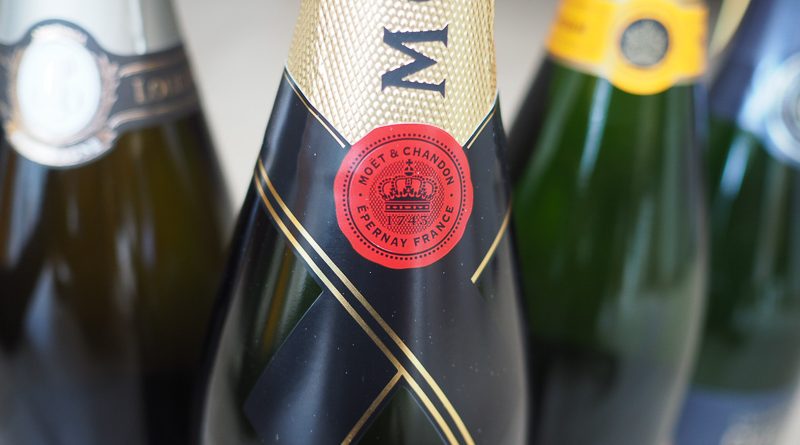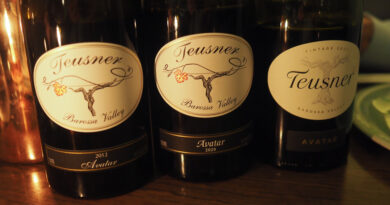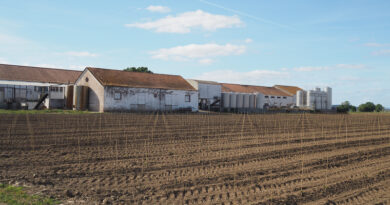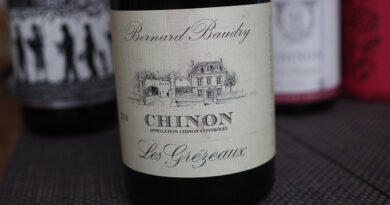Non-vintage Champagne: comparing five top examples
Last week I watched an Instagram live session organized by Champagne retailer The Finest Bubble.
Champagne expert Essi Avellan led viewers through a tasting of five top non-vintage wines. I the same five wines blind in advance of the session, and then retasted them listening to the discussion. My notes and scores below are the ones I made blind, though.
Essi discussed house style, and its origin. She says that a lot has to do with the grape sourcing. Roederer is the outlier here in that they own 70% of the vineyards they source for the NV, which is much higher than the other houses. The older houses will tend to have Pinot Noir-dominant blends – Moët, Bollinger and Veuve Clicquot NVs are all Pinot Noir dominant.
The NV wines will have all the three main Champagne varieties in the blend. Chardonnay delivers lightness, elegance and vivacity, with floral, white fruit. Pinot Noir is more sturdy, muscular and structured, with some red fruit flavours. Pinot Meunier delivers early drinkability, which is really helpful in the NV blends.
Moët are the biggest Champagne house by far. They own 1200 ha of vineyard and source from 2000 ha more, spread across 230 villages including all the Grand Crus.
Essi talked a lot about reserve wines, which are used for several reasons. One is balancing out the vintage differences, which can be extreme. For the NV wines we were tasting, the reserve wines make up 20-60% of the blend. Bollinger is unusual in that it uses more reserve wine than the current wine (60%). The reserve wines help to build the house character.
The age of the reserve wines? Moet is the outlier, just using reserve wines that are one and two years old only. Roederer tends to use younger reserve wines, but there’s more of a spread here. Bollinger has a nice age span for its reserves, and Charles Heidsieck has an even bigger spread. Veuve Clicquot has the biggest spread of them all at 1-30 years.
Another house style choice is whether to be more oxidative or reductive in terms of handling the base wines. Moët is reductive in style, as all the LVMH-owned houses tend to be. After juice stage the base wines are guarded from oxidation.
Oxidative styles might be from ageing in barrels or casks. Heidsieck and Roderer are in the middle. Chardonnay is naturally more reductive. Bollinger has a reputation for being more oxidative.
The choice of whether or not to do malolactic fermentation is a big factor in house style. Essi reckons 95% of Champagnes go through malolactic. Many of the high-quality houses dislike the malolactic buttery diacetyl character, though, which can be contributed by some strains of malolactic bacteria.
Dosage is another factor, and over recent years it has come down. The extra sweetness is part of the Charles Heidsieck style. Dosage isn’t just about the sugar, but the other components of the liqueur can have an effect. Each of the houses have their own recipes.
THE WINES
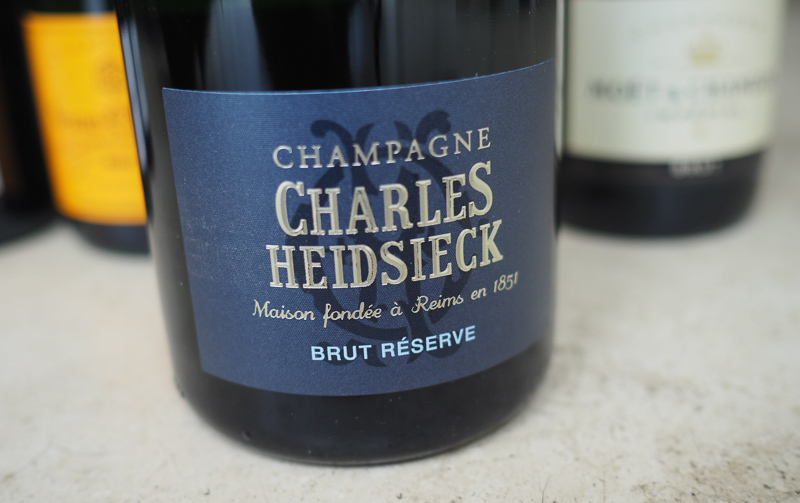
Champagne Charles Heidsieck Brut Reserve NV France
40% reserve wines, 60 different crus, this was bottled in 2016 and disgorged in 2019. This is dense and rich, with some toastiness. Ripe pear and apple fruit with some citrus brightness. There’s a bit of apricot richness here, and some sweetness too, with a nice cherry fruit edge and a reasonable dosage. Rich, sweet and appealing with nice density and balance. This is really good in quite a rich style. Layers of flavour with nice depth. 92/100
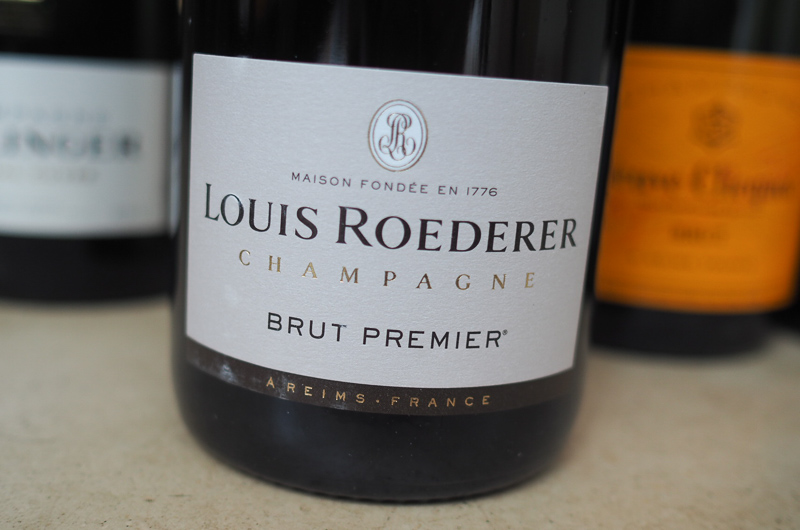
Champagne Louis Roederer Brut Premier NV France
This is bright and very fruity with a lemony precision and some nice bright pear fruit with a touch of apple. Not too toasty: this is more about fruit with a touch of pithiness and nice focus. There’s a brightness to this wine that’s really impressive. Juicy and expressive with a lovely elegance to the fruit. Lovely delicacy to this. 91/100
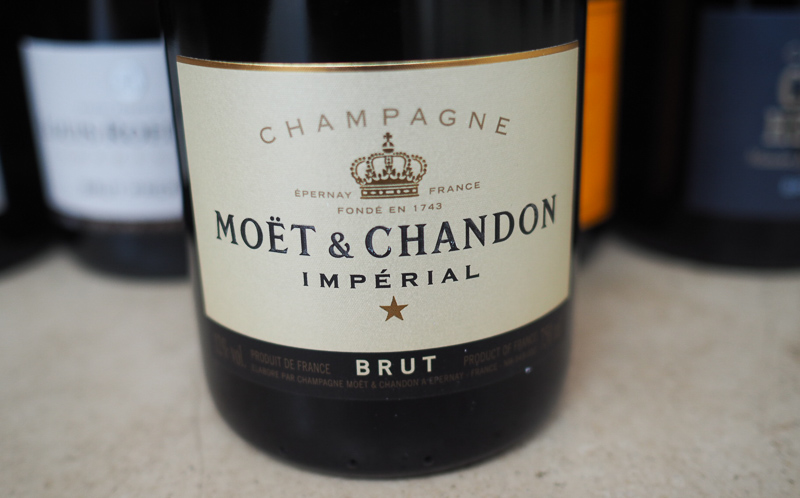
Champagne Moet et Chandon Impérial NV France
Rounded and fruity with some mandarin notes and a touch of cherry, as well as nice lemony notes. This is very rounded with a bit of sweetness as well as good acidity. There’s a sweet and sour character here too – juicy but also with some bass notes. Fruity and very drinkable. 90/100
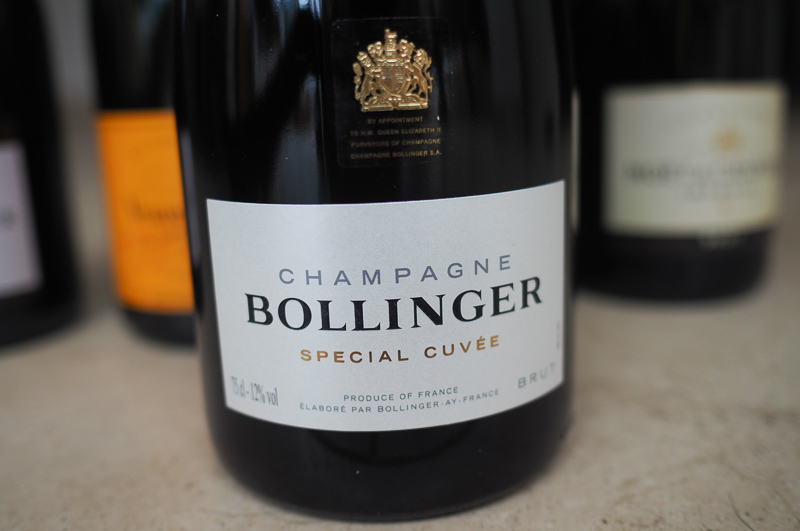
Champagne Bollinger Special Cuvée NV France
7 g/l dosage. 60% reserve wines. 5-10% of the final wine is made of reserve wines (10-15 years old) kept in magnum with a small secondary fermentation. Very fine and expressive: this has a lovely citrus core to it – there’s an elegance with lemon and pear, as well as some orange peel, and subtle toastiness. Lovely mouthfeel here: it’s a bit chalky, with good acidity and lovely finesse. Linear and focused with nice weight in the mouth. This has great purity and is quite dry, and it’s really gastronomic. 93/100
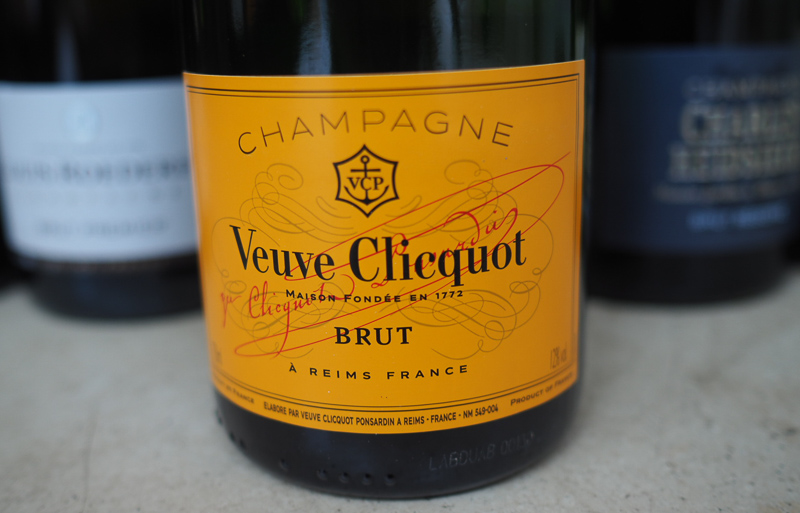
Champagne Veuve Clicquot NV France
Bright, zesty, fruity and direct. This is sweetly fruited with nice bright, simple fruit. Crisp, bright and fruity, but also quite generous with some cherry and citrus notes. There’s some toastiness here, with some bass notes, too. A very attractive fruity wine with nice purity. Not very complex, but well made and very drinkable. Has some creaminess and a bit of richness. 89/100
These wines were from The Finest Bubble https://thefinestbubble.com/
Find these wines with wine-searcher.com

